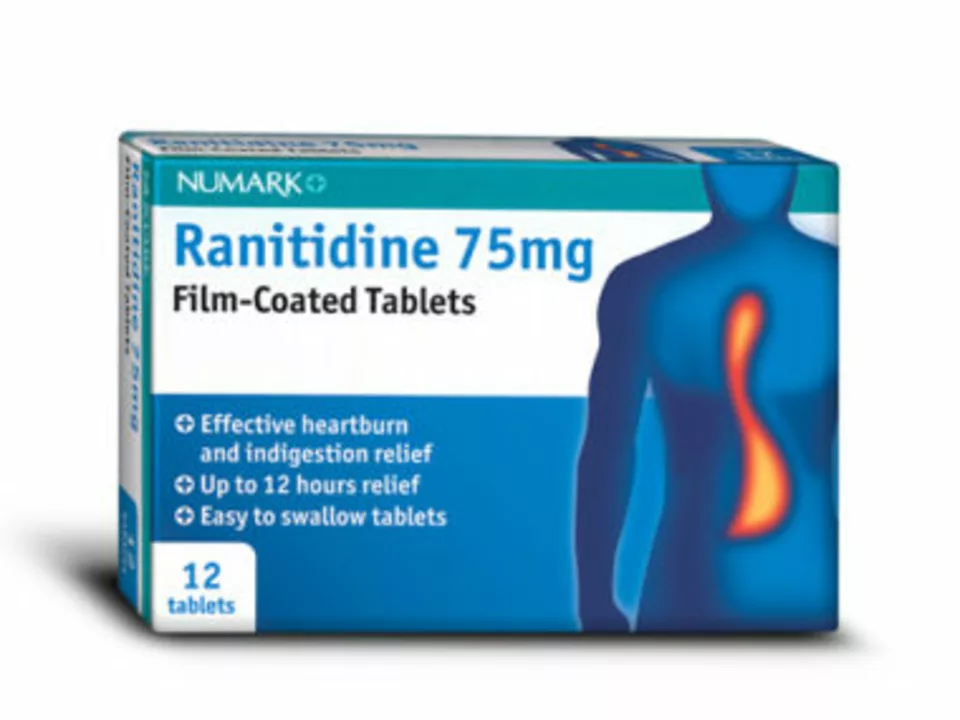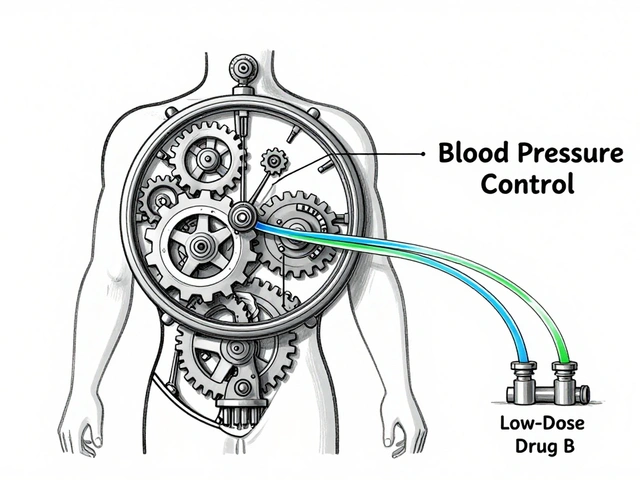Kidney function — what your tests mean and how to protect your kidneys
Your kidneys filter waste, control blood pressure, and balance fluids and salts. When they slow down, medicines and everyday habits matter more. This guide helps you read common kidney tests, spot meds that need dose changes, and follow simple steps to keep kidneys working.
How to read your kidney tests
Creatinine is a waste product measured in blood. Higher creatinine usually means lower kidney function. eGFR (estimated glomerular filtration rate) uses creatinine, age, sex and sometimes race to estimate how well kidneys filter. Numbers you should know: eGFR above 90 is normal, 60–89 is mild loss, 30–59 is moderate loss, 15–29 is severe, and under 15 suggests kidney failure or dialysis may be needed. Urine albumin or ACR (albumin-to-creatinine ratio) checks for protein in urine — even small increases matter and predict future decline.
Get a baseline creatinine/eGFR if you start a new long-term medication that can affect kidneys. Repeat tests after dose changes or if you feel unwell (weakness, less urine, swelling, sudden shortness of breath, confusion).
Medications and your kidneys — key rules
Some drugs can harm kidneys or need dose changes when eGFR falls. Quick practical notes:
- NSAIDs (ibuprofen, naproxen) can reduce kidney blood flow. Avoid regular use if eGFR is low or you’re dehydrated. Use acetaminophen for pain when appropriate and check with your doctor.
- Certain antibiotics need dose changes. Nitrofurantoin, for example, is not recommended if creatinine clearance is below about 30 mL/min. Aminoglycosides (gentamicin) can be toxic — they require blood level monitoring.
- Diuretics like furosemide (Lasix) change fluid and electrolyte balance. If your kidneys are weak, your doctor will pick the right type and dose — don’t change diuretics on your own.
- Metformin for diabetes should be used with caution: many guidelines suggest avoiding it if eGFR is under 30 mL/min and adjusting dose between 30–45 mL/min. ACE inhibitors and ARBs help kidney disease in many cases but need monitoring of potassium and creatinine after start or dose increase.
If you take multiple drugs, ask your pharmacist or doctor for a kidney-friendly medication review. We have deeper reads on related topics like safe Nitrofurantoin use, diuretic options, and common drug interactions on this site.
Simple everyday actions protect kidneys: stay hydrated (but follow your doctor if you need fluid limits), control blood pressure and blood sugar, avoid long-term NSAID use, and get regular labs if you have chronic conditions. If you notice swelling, less urine, sudden weight gain, or worsening fatigue, contact your clinician quickly.
Want specific reads? Check our articles on Nitrofurantoin safety, Lasix alternatives, and medications that need extra monitoring. If you have a prescription question, bring your latest eGFR and medication list to your pharmacist or doctor — those two items make advice fast and accurate.

As a blogger, I've recently been researching Ranitidine and its potential effects on kidney function. It's important for us to understand that Ranitidine, a common medication for acid reflux, has been linked to a higher risk of kidney damage in some studies. While not everyone who takes Ranitidine will experience this side effect, those with pre-existing kidney issues should be cautious and consult their doctor. Additionally, it's crucial to monitor your kidney function if you're using this medication for an extended period. Remember, always consult your healthcare provider if you have concerns about your medications and their potential side effects.






